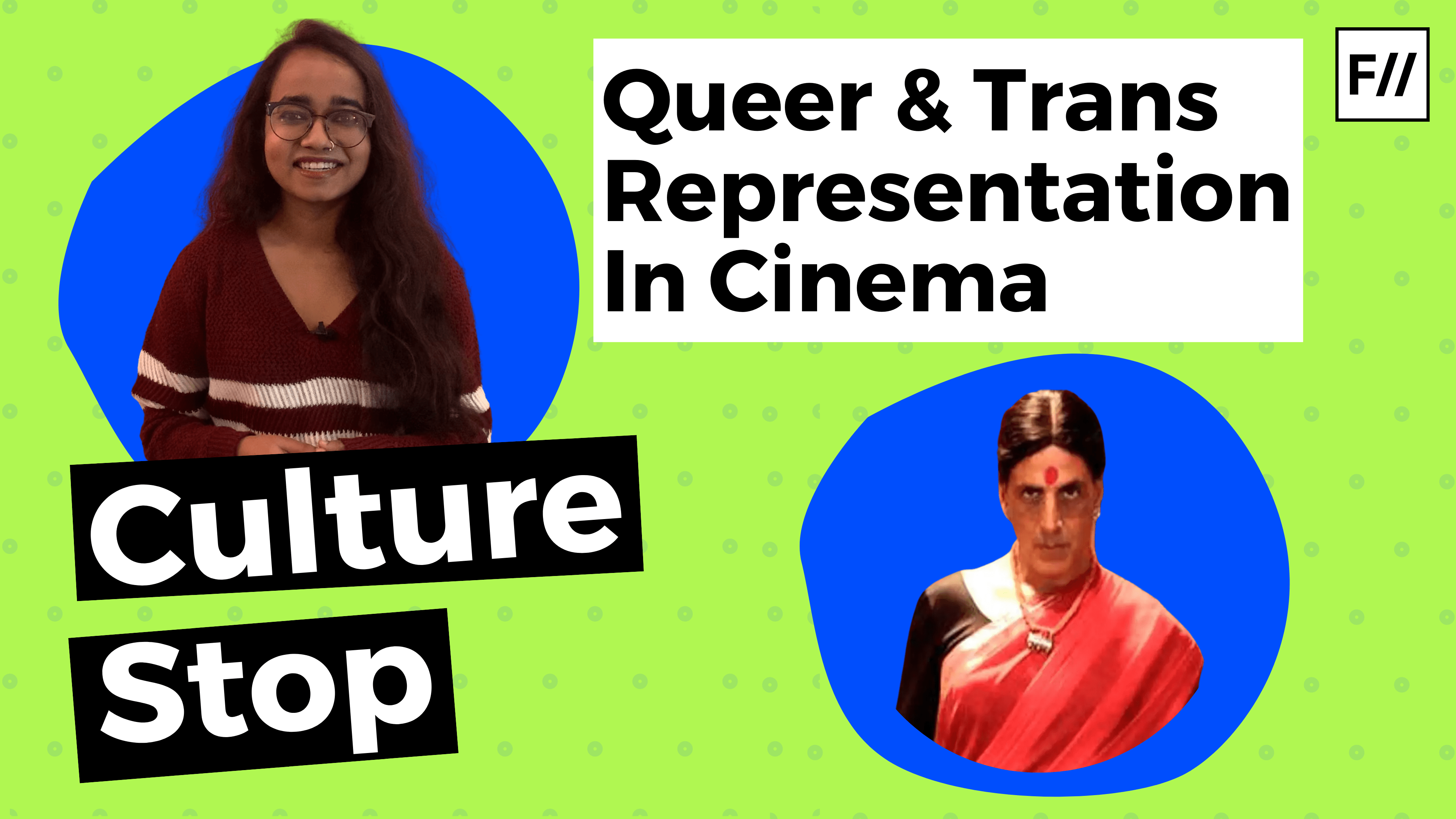In a country where consensual homosexual sex was ‘criminalised’ up until 2018, the law for the protection of the rights of trans people does anything but, and queer and trans people are continued to be marginalised – what role does the cinema play in representing the lives of the LGBTQIA+ community on the big screen? Turns out, quite an important one.
Our films for the longest time have been appropriating, vilifying, and stereotyping LGBTQIA+ characters. This problematic representation of queer and trans narratives does not exist in a vacuum. It not only influences the general social perception of the LGBTQIA+ community, but further dehumanises them and encourages violence against them. Such representation legitimises the homophobia and transphobia that queer and trans people have to face in their everyday lives and makes a mockery of the oppression they face.
Check out this video where we talk about the good, bad and the ugly of queer and trans representation in Indian cinema.
Also read: Pati Patni Aur ‘Panga’? Nope, It Is Called Trans Negativity!
About the author(s)
Nishtha is a former student of philosophy and enjoys discussions on ethics. She's currently a video journalist and wants to make films some day. When not working Nishtha can be found hoarding stationery, listening to ghazals and playing with her dog.




